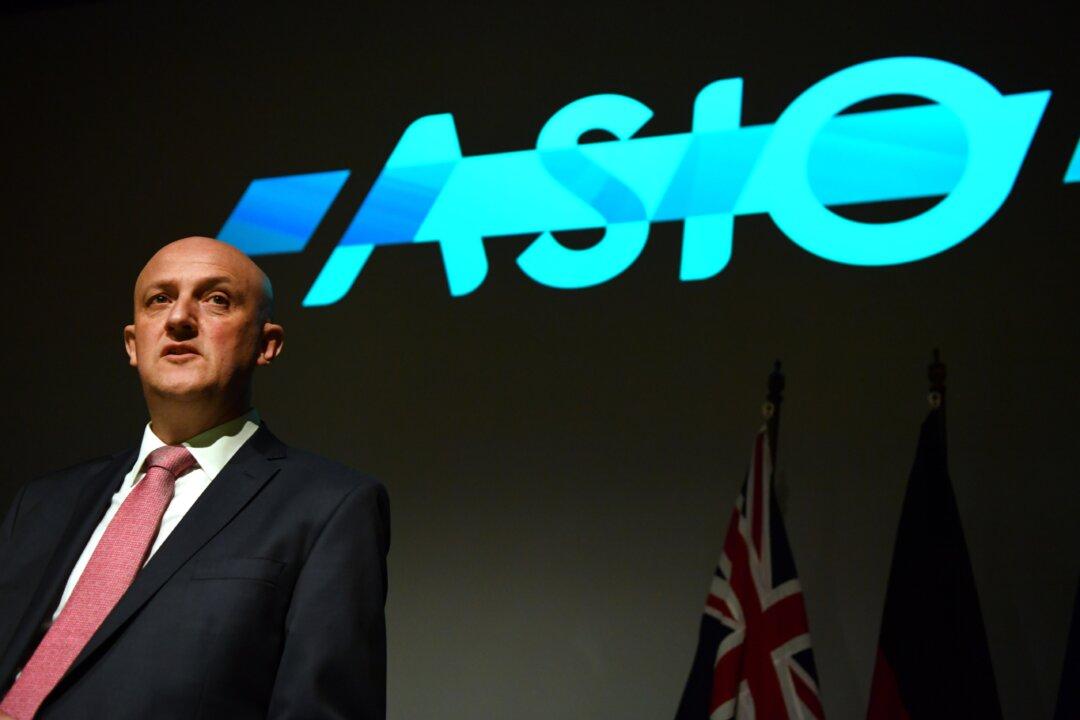Commentary
Turf warfare. It’s one of the most destructive and debilitating activities in any enterprise. Government is no exception.

Turf warfare. It’s one of the most destructive and debilitating activities in any enterprise. Government is no exception.